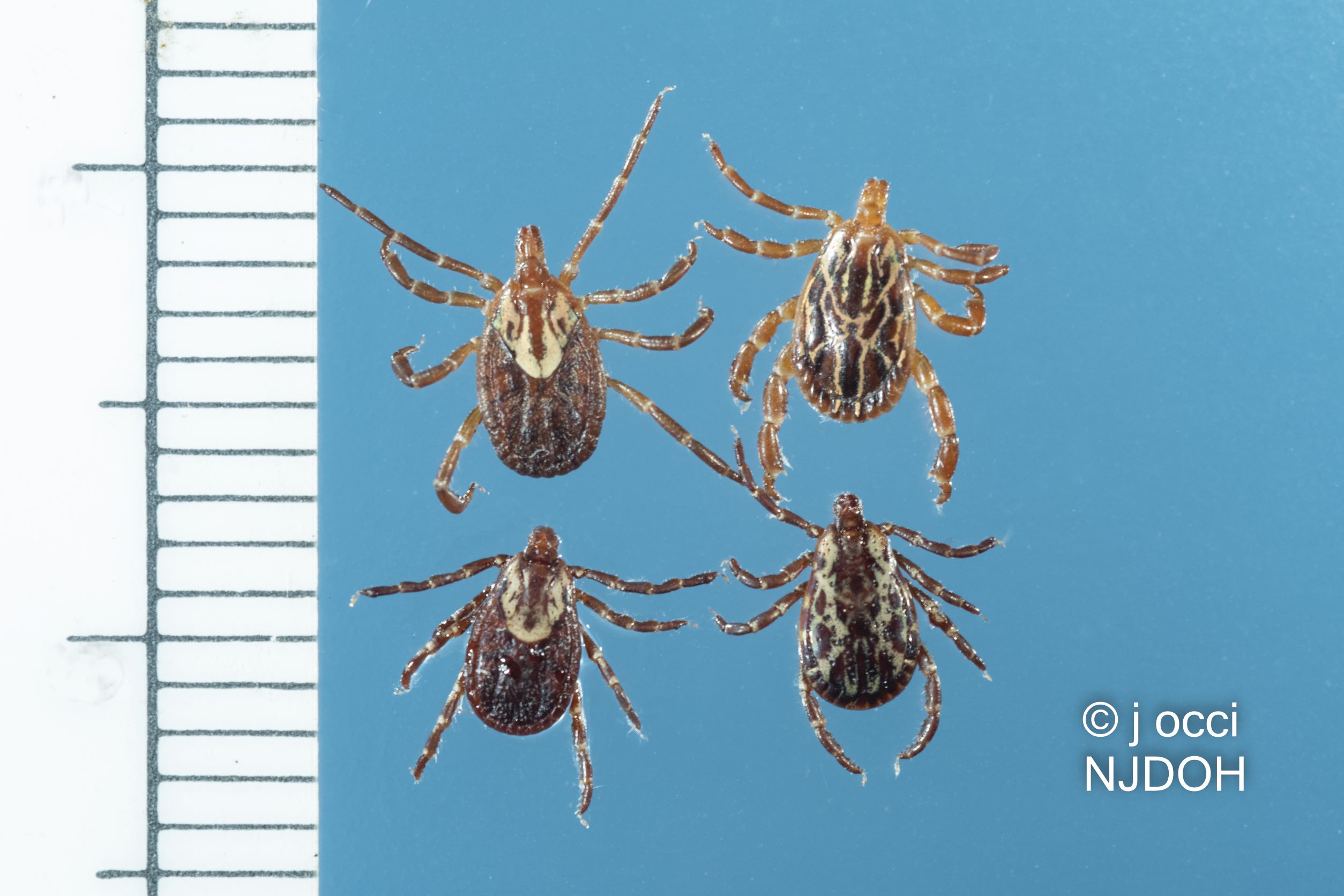
SHARE THIS ARTICLE:
Update on Gulf Coast Tick in NJ

The NJ Department of Health (NJDOH) published a press release “NJDOH Tickborne Disease Update: Rickettsia parkeri rickettsiosis and the Gulf Coast tick” updating the status of the Gulf Coast tick (Amblyomma maculatum) and the pathogens associated with this vector in July 2022. The range of this tick has expanded from the southeastern and south-central US (as well as many countries throughout Central/South America) to the southern plains and mid Atlantic region of the US.
Established populations of this tick have been found in states adjacent to NJ, however the first detection of an established population in NJ (Salem County) was documented this summer during statewide tick surveillance program activities. Isolated reports of the Gulf Coast tick in other parts of NJ make it likely that there are also established populations in other locations in the state.
The Gulf Coast tick is the primary vector of Rickettsia parkeri in humans, Hepatozoon americanum in canines, and an agent of Heartwater, Ehrlichia ruminantium, in livestock. Tick bite paralysis has been associated with this tick in two documented cases.
LDA NOTE: The Asian longhorned tick (Haemaphysalis longicornis) was first found and identified in the US in NJ in 2017, an invasive species now found in 17 states.
For More Information
Other LDA Articles that Relate





